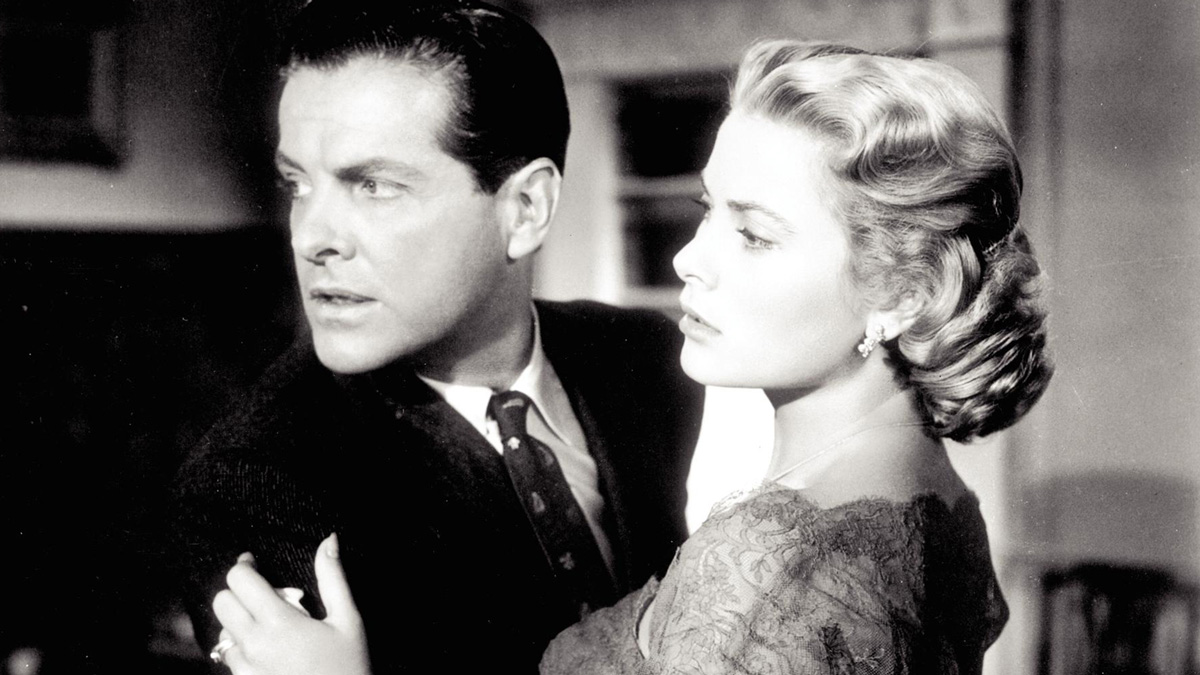
(c)1997 Warner Bros., Monarchy Enterprises BV and Regency Entertainment (USA) Inc. All rights reserved.
Understanding the relationship between Hitchcock and 3D from Hitchcock's only 3D film, ``Turn Dial M!''
2019.03.13
Background to the project “Turn Dial M!”
Hitchcock originally planned to adapt the 1948 novel "The Bramble Bush" (*5) by David Duncan (*4) for Transatlantic Pictures, which he co-founded with producer Sidney Bernstein. However, the project hit a snag due to the high budget. After Rope (1948) and Under Capricorn (1949) were box office failures, the company went bankrupt. After that, he signed a contract with Warner Brothers, and made such successes as Stage Fright (1950), Strangers on a Train on a Train (1951), and I Confess (1953), regaining his momentum.
Hitchcock had one film left under contract with Warner Bros., so he proposed the shelved film "The Bramble Bush." However, Warner Bros. opposed the project because of its highly political content, about a communist activist fleeing from the police, and instead proposed a film adaptation of "Dial M for Murder," a play by Frederick Knott that had been a hot topic on Broadway.
At that time, Warner Brothers was facing financial difficulties due to the effects of antitrust laws, and was forced to sell its vast studio in Burbank in 1953. After a six-month closure, Jack Warner took control of the studio and announced a policy for reopening it: to make all films in color, 3D, and surround sound. Hitchcock had originally intended to shoot the film in black and white 2D, so this order from above must have come as a complete surprise. Color and surround sound are understandable, but why was 3D also necessary?

“Dial M for Murder” (c) 1997 Warner Bros., Monarchy Enterprises BV and Regency Entertainment (USA) Inc. All rights reserved.
The background to this was the influence of television, which began to spread rapidly from around 1950. In fact, the number of television sets sold in the United States rose from 10,000 in 1946 to 21,234,000 in 1953. Inversely proportional to this trend, attendance at movie theaters also declined, falling to roughly half of the 1946 level in 1953. Not only Warner, but all Hollywood studios felt a strong sense of crisis about this situation and needed some kind of emergency countermeasure. (4,5)
*Four David Duncan is known in Japan as a film screenwriter, and his most notable work includes " The Time Machine " (1960).
*5 The story was about a man who steals someone else's passport and plans to put it to good use, but ends up embroiled in trouble instead because the owner of the passport is wanted for murder. (2) Incidentally, Warner Brothers made a film of the same name in 1960 (Japanese title: Unforgiven Affection), but it was based on a completely different original story.
*6 Frederick Knott is also the author of Terence Young's film Wait Until Dark (1967). Knott himself is positive about 3D, stating, "We made it right after ' The Man with the Flesh '. I really wanted to see it in 3D, but it didn't happen. Apparently there were a lot of complaints that the 3D glasses gave me headaches, but I don't really understand why. I didn't get any headaches myself." Incidentally, the commentary by Akio Machida on the Japanese translation of Knott's play Dial M for M (6), in which this comment is published, is very interesting, as it covers the twists and turns that Warner Bros. went through before acquiring the film rights, the various remakes, and the impact it had on Columbo .

